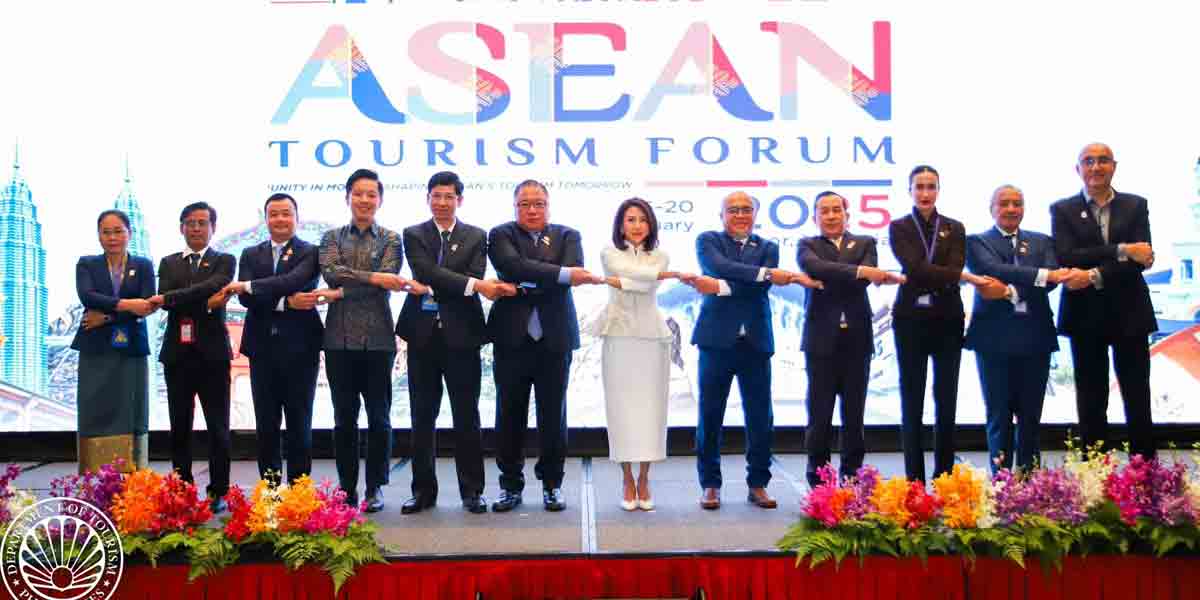By Francis Allan L. Angelo
Millions of Filipinos endured unprecedented heatwaves between June and August 2024, as global climate change intensified temperatures across Southeast Asia.
A new report by Climate Central highlights that nearly all Filipinos were exposed to dangerous temperatures, with extreme heat becoming at least three times more likely due to climate change driven by the burning of fossil fuels.
The report revealed that Southeast Asia had the highest number of people exposed to climate change-induced temperatures for more than 60 days, including over 204 million across the region.
The Philippines, along with neighboring countries such as Malaysia, Indonesia, and Singapore, experienced their hottest summer since at least 1970.
“High temperatures that were clearly influenced by climate change jeopardized the health of billions around the world during the past three months,” said Andrew Pershing, vice president for science at Climate Central. “No region, country, or city is safe from the deadly threats posed by burning fossil fuels.”
In the Philippines, nearly the entire population was exposed to temperatures that posed a risk to human health for at least a week, according to the analysis.
The report emphasizes the connection between carbon pollution and the rising frequency of extreme heat, pointing out that heatwaves have become 21 times more likely due to human activities, particularly the burning of coal, oil, and gas.
Across Southeast Asia, Malaysia, Indonesia, and Singapore, like the Philippines, faced at least 60 days of extreme heat during the summer.
Thailand and Vietnam saw temperatures driven by climate change for 52 and 46 days, respectively, with over two-thirds of populations in Thailand and Indonesia experiencing health-threatening heat.
“Climate change is no longer an abstract future risk. It’s a present reality affecting millions of people here and now,” said Pershing.
As the effects of climate change become more pronounced, cities across the Northern Hemisphere are grappling with rising temperatures.
The report estimates that 180 cities experienced at least one extreme heatwave between June and August this year.
Globally, 72 countries broke their temperature records for the June-August period, with an estimated 4 billion people exposed to unusually high temperatures on August 13, the peak of this heatwave season.
In the Philippines, the extreme heat not only threatens human health but also impacts agriculture, water resources, and energy consumption.
Prolonged exposure to such conditions, termed “risky heat” by the report, represents a rising mortality threshold, especially for vulnerable groups like children, the elderly, and those with pre-existing health conditions.



















